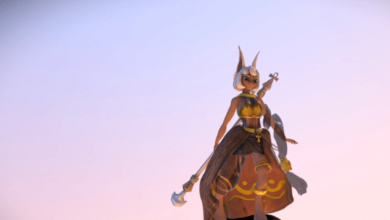Cute:4k5ne5issfg= Shoebill

The shoebill, an intriguing avian species, commands attention with its distinctive beak and strikingly expressive eyes. Found primarily in the wetlands of Central and East Africa, this bird’s impressive stature and unique plumage contribute to its allure. However, beneath its formidable exterior lies a complex behavioral repertoire and an alarming conservation status. Cute:4k5ne5issfg= Shoebill As the population dwindles, understanding the factors contributing to its vulnerability becomes essential. The nuances of the shoebill’s existence raise critical questions about habitat preservation and the ecological balance that sustains such remarkable wildlife. What implications do these factors hold for its future?
Unique Physical Features
The shoebill (Balaeniceps rex) possesses a striking array of unique physical features that set it apart from other avian species.
Read also Cute:1z3gnwg-Pji= Dog Coloring Pages
Its formidable beak structure resembles a shoe, designed for capturing slippery prey. Complementing this distinctive beak are its piercing yellow eyes, which lend a captivating intensity to its gaze.
Together, these features make the shoebill a remarkable and unforgettable sight in the avian world.
Habitat and Distribution
Encountering a shoebill in its natural habitat is a mesmerizing experience, as this remarkable bird thrives in the wetlands of Central and East Africa.
Known for its unique breeding habits, shoebills often establish nests in secluded areas, fostering a sense of security.
Their social interactions are intriguing; these solitary creatures occasionally congregateCute:4k5ne5issfg= Shoebill , revealing a fascinating dynamic amidst the serene backdrop of their lush environment.
Behavior and Hunting Techniques
In the wetlands of Central and East Africa, the shoebill exhibits remarkable behaviors and hunting techniques that underscore its adaptability and skill as a predator.
Its impressive courtship rituals involve elaborate displays, while social interactions reveal a complex hierarchy.
Known for its stealth and patience, the shoebill employs a unique ambush technique, Cute:4k5ne5issfg= Shoebill striking swiftly at unsuspecting prey, showcasing its prowess in the wild.

Conservation Status and Efforts
With a population estimated to be fewer than 5,000 individuals,Cute:4k5ne5issfg= Shoebill the shoebill is classified as vulnerable by the International Union for Conservation of Nature (IUCN).
Read also Cute:3bnpayzku3u= Purple Wallpaper
Conservation challenges include habitat loss and disturbance from human activities.
To counteract this decline, targeted breeding programs are being established, aimed at increasing numbers and raising awareness about the importance of preserving this unique species and its wetland habitat.
Conclusion
The shoebill, a remarkable avian species, faces significant threats due to habitat loss and poaching, with fewer than 5,000 individuals remaining in the wild. This striking bird’s unique adaptations and behaviors highlight its ecological importance in wetland ecosystems. Conservation efforts are paramount to ensure the survival of this vulnerable species. Notably, shoebills can live for over 35 years in captivity, underscoring the need for sustained protective measures to support their populations in natural habitats.







